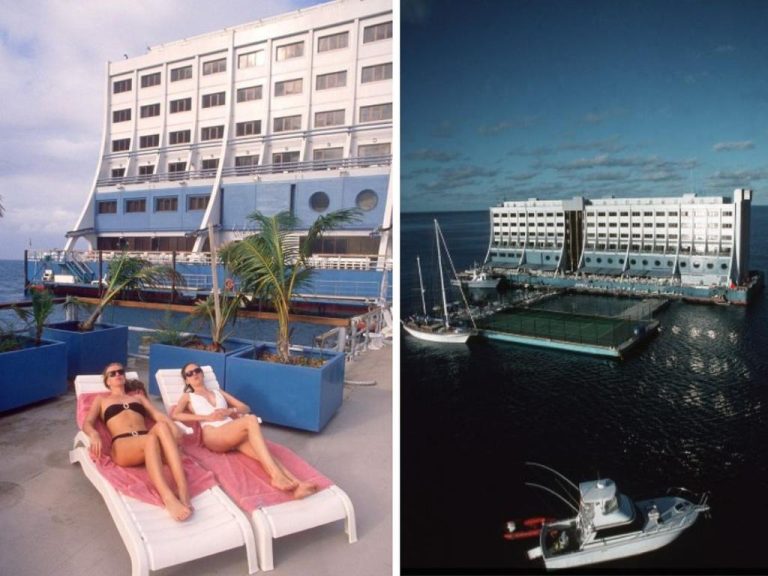Data centres climbing fast up investment ladder with Microsoft expanding Australian footprint
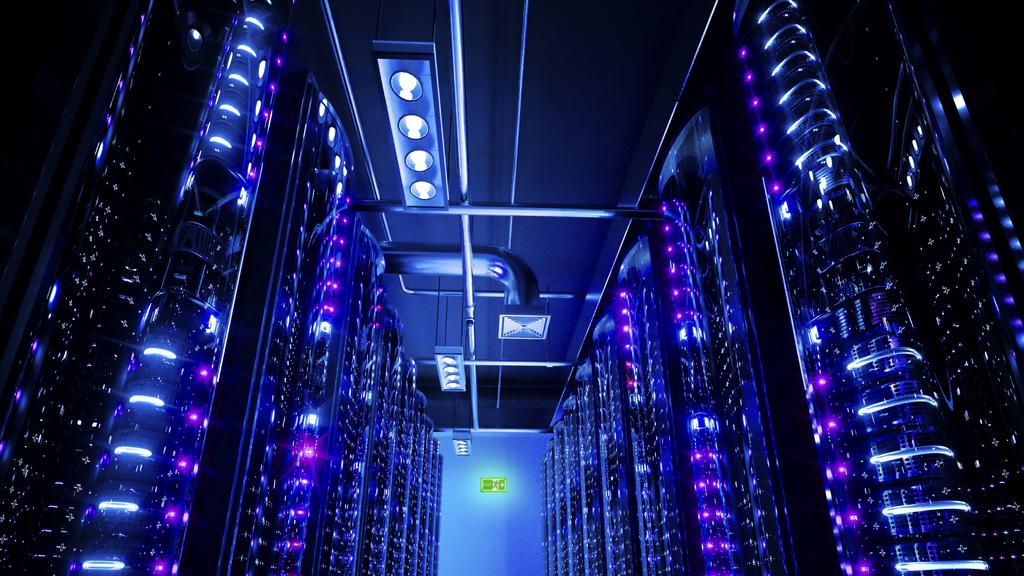
Storage space is becoming part of vital infrastructure.
While the corporate office may be dying, a new billion-dollar trend has landed in the commercial property scene, buying up and developing major parcels of land in Australian cities.
Data centres are growing across the nation, with some of the world’s largest tech companies, including Microsoft, developing centres to store, host and accommodate a growing demand for digital offerings.
And unlike the rise of distribution centres, which are built tens of kilometres from the city centre, data centres are popping up near coffee shops in trendy inner-city suburbs and, in some cases, beside commercial offices in the CBD.
Last week, ASX-listed data company NextDC announced a joint plan to develop D1 in Darwin, a 3000sq m data centre backed by the Northern Territory government which will pop up on Harvey St in the CBD.
The Darwin facility joins several of the company’s outfits in Perth, Brisbane, Sydney, Melbourne and Canberra, with plans for several more facilities to be built over the next few years.
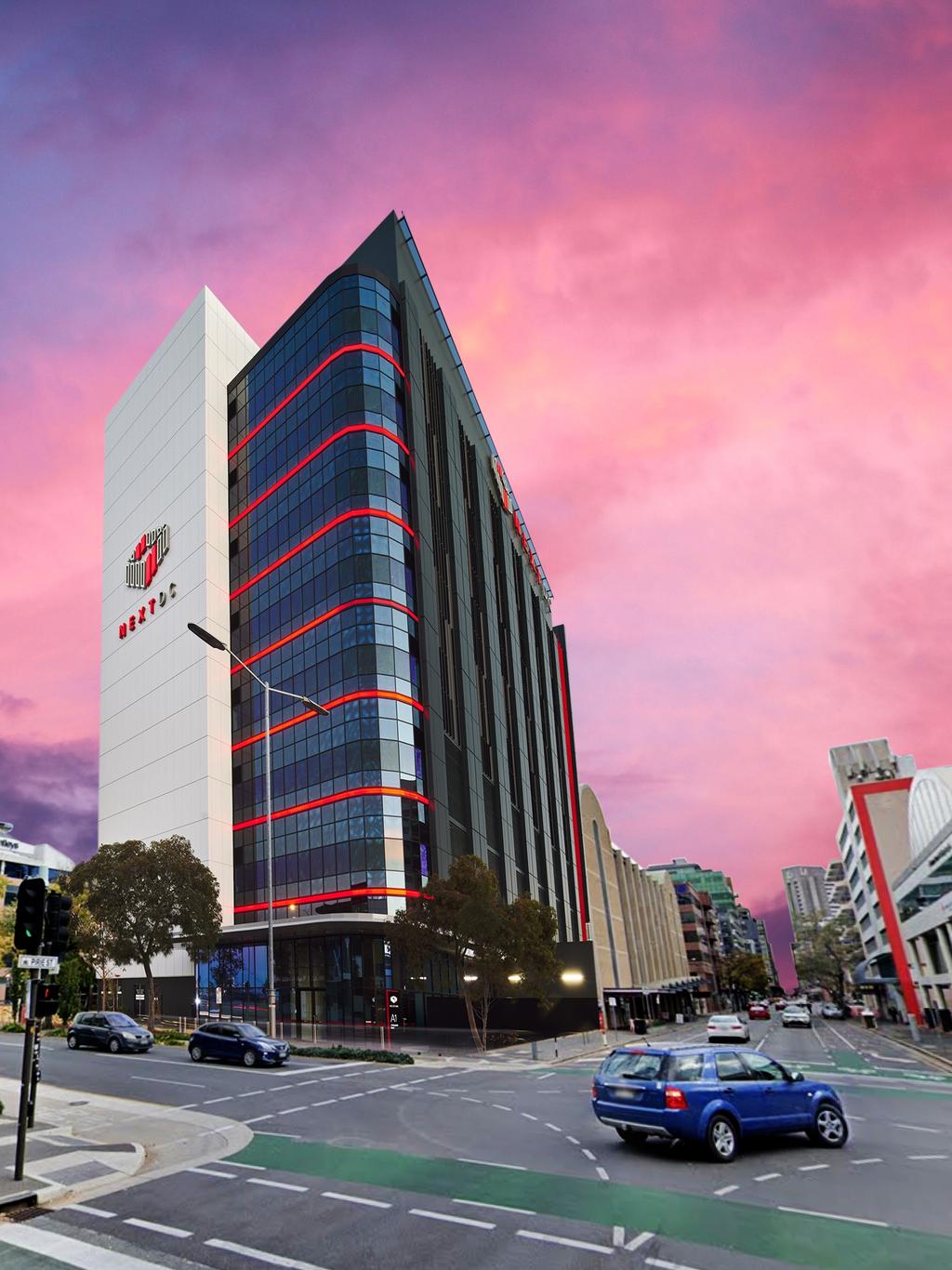
A new $100m NextDC data centre to be built in Pirie St, South Australia.
Northern Territory Chief Minister Michael Gunner has already signalled the territory’s interest in further investing in data.
“We are a very sensible place to invest, we’re going to see a lot of fibre optic cables coming into Australia connecting us to the rest of the region and you’ll be able to securely store your data here,” he said.
The move from NextDC comes just weeks after Microsoft lodged plans for its next data centre in Melbourne.
NextDC clients include Amazon Web Services, Microsoft Azure and Google Cloud. The big picture: the Australian tech giant is quietly buying up the CBD.
The value of data is continuing to increase, with Animoca Brands executive chairman Yat Siu telling The Australian last month it was one of the most valuable commodities in the world.
“The resource of the metaverse is data. Data is the most valuable resource on Earth. It is more valuable from our perspective than oil or energy or resources,” he said.
The rise of data centres is set to become a multi billion-dollar industry
Microsoft has continued its pursuit of data centres across the country, unveiling fresh plans for a $150m centre in Melbourne.
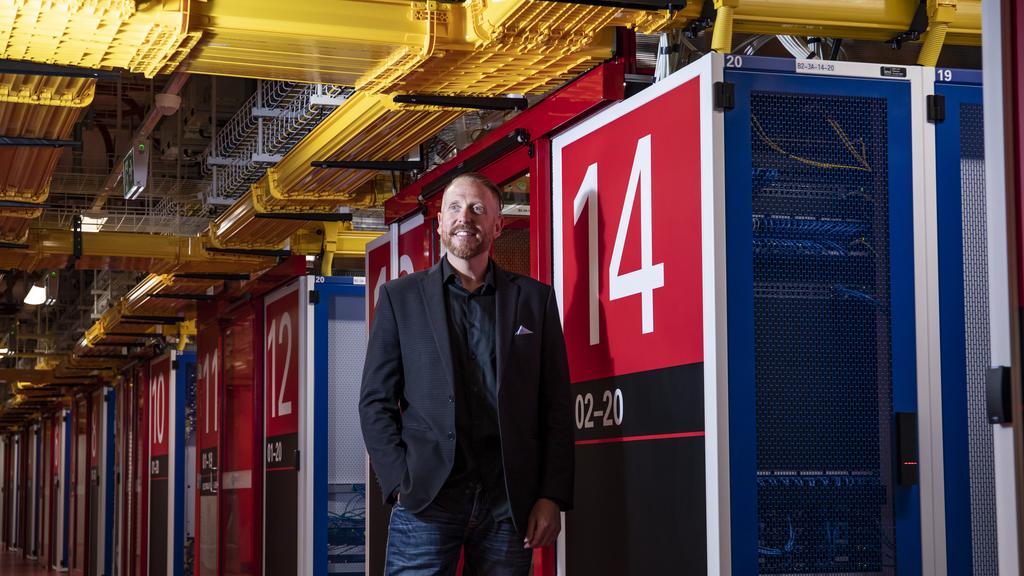
NextDC boss Craig Scroggie, pictured at one of his data centres in Brisbane’s Fortitude Valley, has seen the value of his company surge by billions of dollars as demand for streaming services and other online services surge during the pandemic shutdown. Picture: Mark Cranitch
The new store forms part of a larger plan to increase its footprint of data centres across the world, dozens of which will be built in Australia.
Microsoft will build its new centre on the 130,000sq m industrial site it purchased last for $90m last year.
A development application for the data centre shows a 22,5000sq m property will be developed on the 20-28 Cawley Rd site, off the West Gate Freeway in Yarraville, to accommodate a growing demand for data-based services such as cloud accounting. Microsoft’s new play in Melbourne follows the tech giant announcing a $1.3bn plan to build a data centre in western Sydney.
Plans for Kemps Creek detail Microsoft’s envisioned two-storey data centre buildings with 60 data halls, an electrical switchyard, diesel storage tanks, 62 emergency backup generators and 120 parking spaces.
A Microsoft spokesman confirmed the new sites are but two of several recent purchases it has made as it expanded its data footprint.
“Microsoft has purchased several parcels of land in Melbourne to develop new data centre facilities, which will support current and future customer demand for Microsoft cloud services,” he said.
“Microsoft has a long history of operations in Melbourne and Victoria, and we look forward to sharing our plans at a later time.”
It will be across the river from the 480ha urban renewal project at Fishermans Bend.
The proposal, which includes 5000sq m of data storage and plant area, 1200sq m of ancillary office area and 400sq m of circulation area, is part of a global rollout by the US software powerhouse.
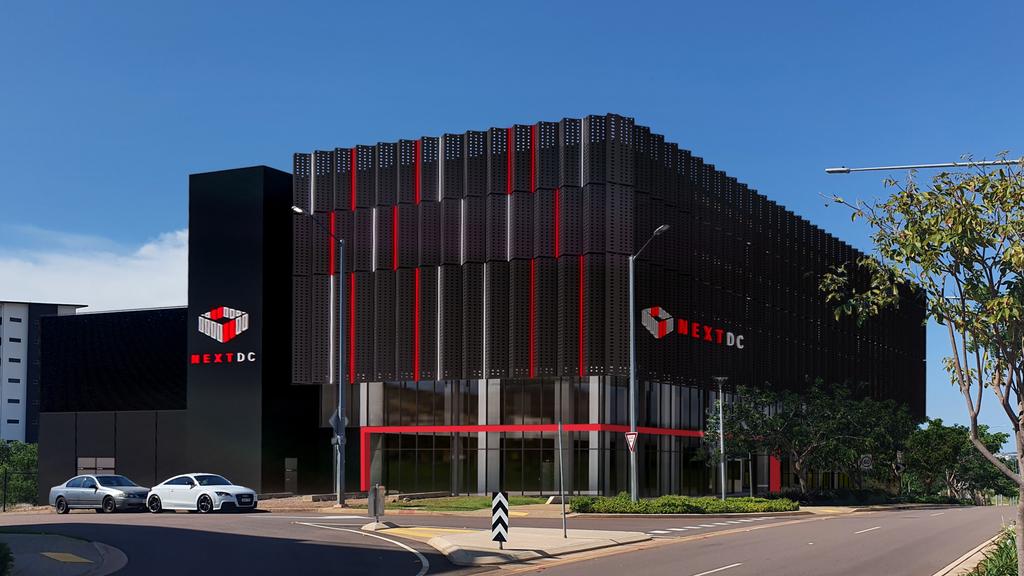
The concept design of the Darwin data centre D1. .
Colliers last year backed Melbourne and the ACT as the nation’s next big data hubs, with Microsoft’s March announcement playing right into this trend. Regional centres will follow the Victorian and nation’s capital, the firm says.
Last year Colliers noted the 10-year rise of data centres and how 90 per cent of the world’s data was created over the past two years.
The US has the largest data market in the world. In Australia, the majority of data is stored in Sydney, which provides an estimated 430 megawatts of third-party data, with capacity for a further 1200MW, said Colliers’ national industrial director David Hall
“There are a number of reasons Sydney remains the focal point for data centres – it is home to Australia’s key financial and economic hub and is the major landing port for submarine communication cables that connect directly to Asia and the US,” he said. “The pipeline is underpinned by Airtrunk’s planned SYD3 facility at Blacktown (320MW at full capacity) and NextDC announcing plans to build a 300MW facility at Horsley Park, named S4.”
JLL alternative investments chief Noral Wild said her company estimated that data centre investment grew by more than a third last year.
“JLL global research estimates that data-centre investment volumes reached $US47bn in 2021, up from $US34.5bn in 2020,” she said.
“Australian data centres remain high on the agenda for investors seeking exposure to alternative real estate sectors. Institutional capital sources are highly motivated to invest with the data centre sector increasingly being viewed as providing essential services – a new form of critical infrastructure,” she said.
“Major co-location providers and technology companies remain the dominant owners of Australian assets with real estate specialists increasingly exploring various risk-sharing investment models to better engage with the sector. The projected trajectory of the sector remains strong considering the mounting volume of data centre investment globally.“
CBRE’s Matt Holden, director of its data centres business unit, said alongside the growth of the “mega campus”, data sites with the capacity for hundreds of megawatts of data, are “edge” sites. While the majority of data storage will take place in a “mega campus”, edge sites of 1MW to 10MW will exist closer to CBDs.
“Edge data centres are smaller facilities, close to a region where there are populations of people in need of the end data, be it delivering cloud computing resources or cached content, fast access to business data like financial systems, gaming or future use cases,” he said.
Mr Holden said Australia would follow the US trend which sees separate ownership of a site and its operations. “Data and data centres will be seen more as an infrastructure investment similar to railways, roads and broadband networks. This means they are longer term stable investments with consistent models rather than shorter term, high return assets.”



